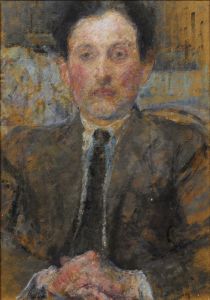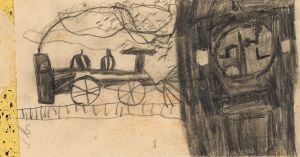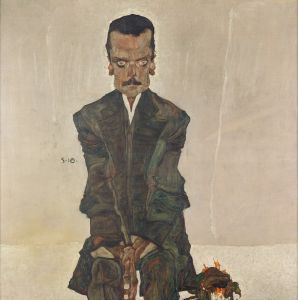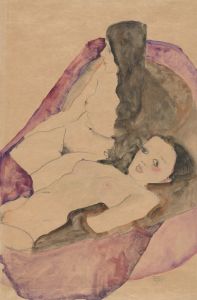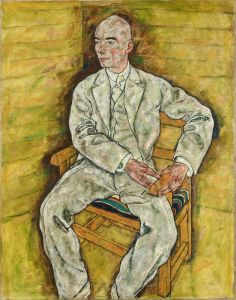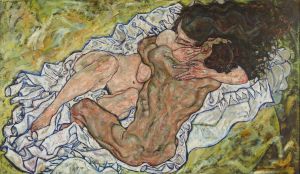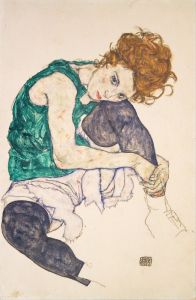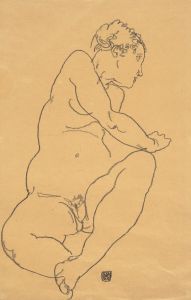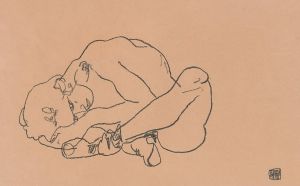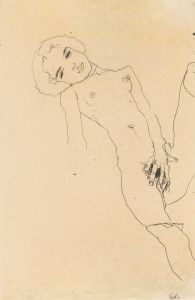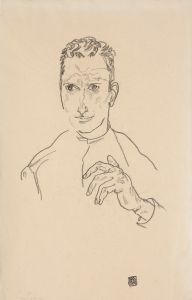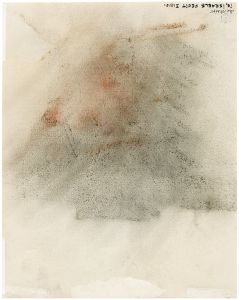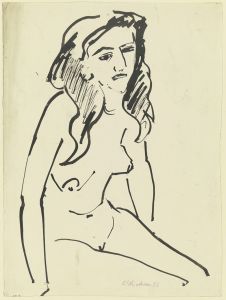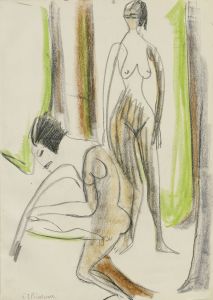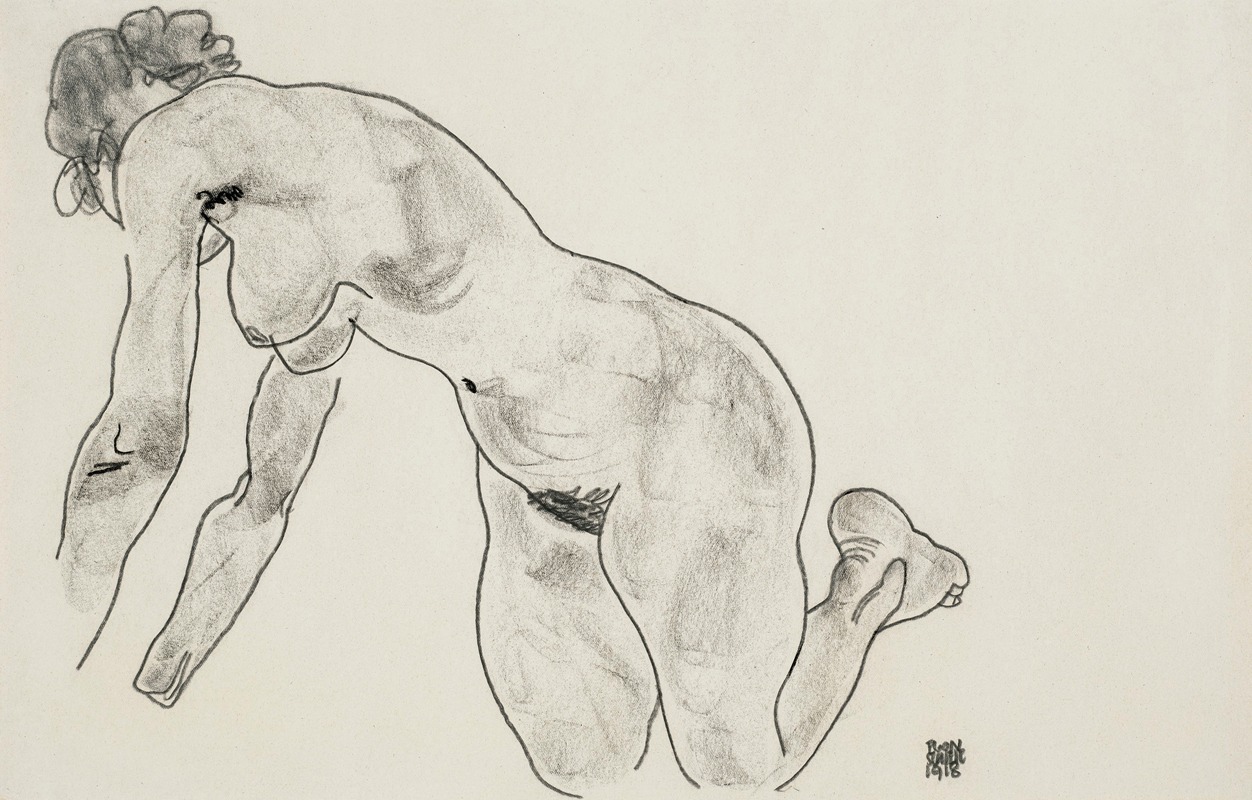
Hockender weiblicher Akt
A hand-painted replica of Egon Schiele’s masterpiece Hockender weiblicher Akt, meticulously crafted by professional artists to capture the true essence of the original. Each piece is created with museum-quality canvas and rare mineral pigments, carefully painted by experienced artists with delicate brushstrokes and rich, layered colors to perfectly recreate the texture of the original artwork. Unlike machine-printed reproductions, this hand-painted version brings the painting to life, infused with the artist’s emotions and skill in every stroke. Whether for personal collection or home decoration, it instantly elevates the artistic atmosphere of any space.
Egon Schiele was an Austrian painter known for his distinctive style and contribution to early 20th-century art. One of his notable works is "Hockender weiblicher Akt," which translates to "Crouching Female Nude." This painting exemplifies Schiele's unique approach to the human form and his exploration of themes such as sexuality, identity, and the human condition.
Created in 1918, "Hockender weiblicher Akt" is a testament to Schiele's mature style, which he developed during the final years of his life. The painting features a female figure in a crouching position, rendered with Schiele's characteristic bold lines and expressive use of color. The figure's pose is both intimate and dynamic, capturing a sense of vulnerability and strength. Schiele's use of line is particularly noteworthy; his ability to convey emotion and tension through the contours of the body is a hallmark of his work.
Schiele's approach to the nude was revolutionary for his time. Unlike many of his contemporaries, who often idealized the human form, Schiele presented his subjects with raw honesty. His nudes are often depicted in unconventional poses, emphasizing their individuality and emotional depth. In "Hockender weiblicher Akt," the crouching position of the figure challenges traditional representations of the female nude, inviting viewers to engage with the subject on a more personal level.
The painting is also notable for its use of color. Schiele often employed a limited palette, focusing on earthy tones and muted hues to enhance the emotional impact of his work. In "Hockender weiblicher Akt," the subtle interplay of colors adds to the overall mood of the piece, highlighting the contours of the body and the tension in the pose.
Egon Schiele's work was heavily influenced by the socio-political climate of early 20th-century Europe, as well as his personal experiences. He was associated with the Expressionist movement, which sought to convey emotional experience rather than physical reality. Schiele's art often reflects his interest in exploring the complexities of human emotion and the darker aspects of the psyche.
Despite his relatively short career—Schiele died at the age of 28 from the Spanish flu—his impact on the art world was profound. His work challenged conventional norms and paved the way for future generations of artists to explore new forms of expression. "Hockender weiblicher Akt" is a prime example of his innovative approach to art, showcasing his ability to capture the essence of his subjects with both sensitivity and intensity.
Today, Egon Schiele is celebrated as one of the leading figures of Austrian Expressionism. His work continues to be studied and admired for its emotional depth and technical mastery. "Hockender weiblicher Akt" remains an important piece within Schiele's oeuvre, reflecting his enduring fascination with the human form and his commitment to pushing the boundaries of artistic expression.





